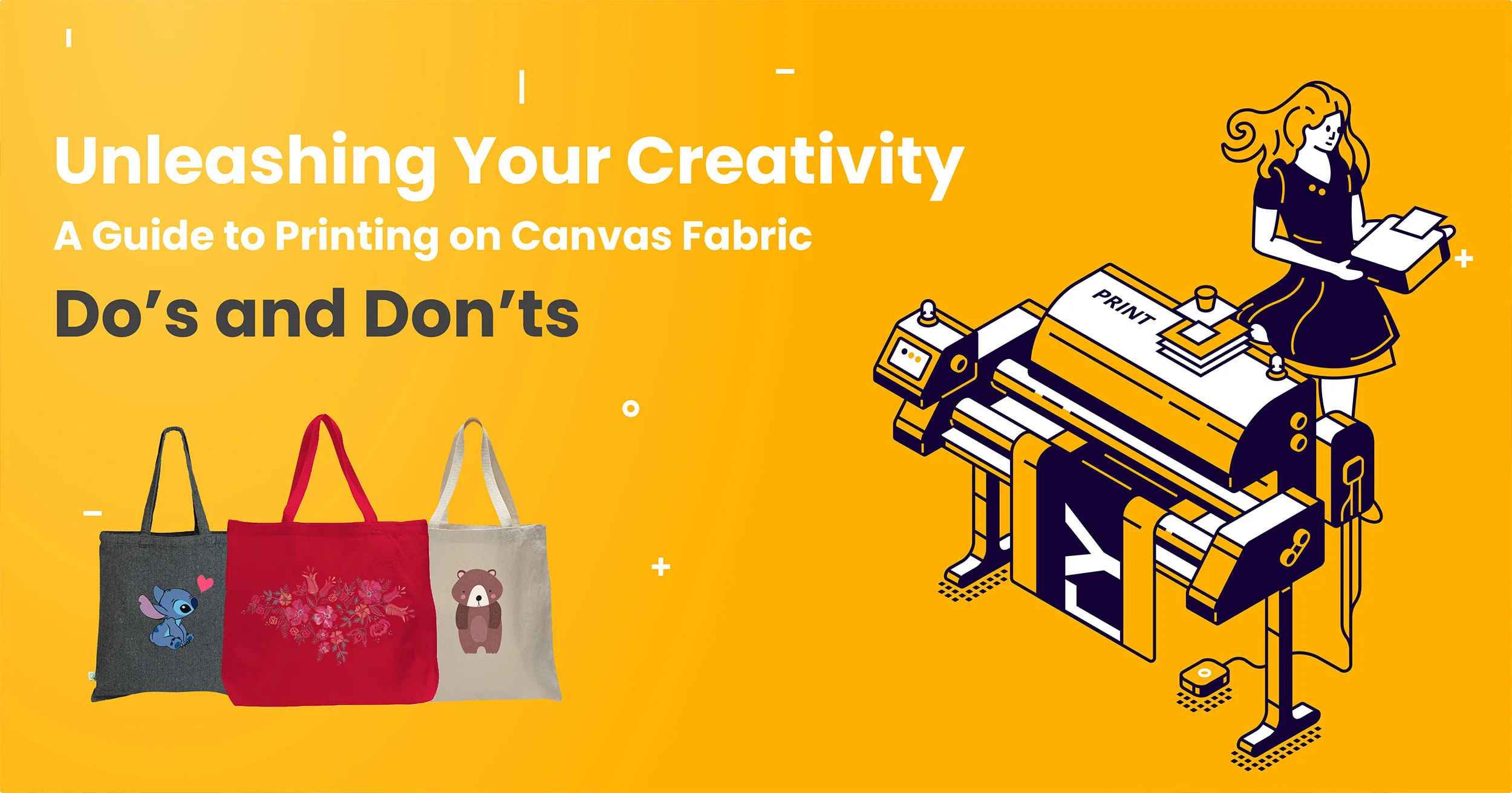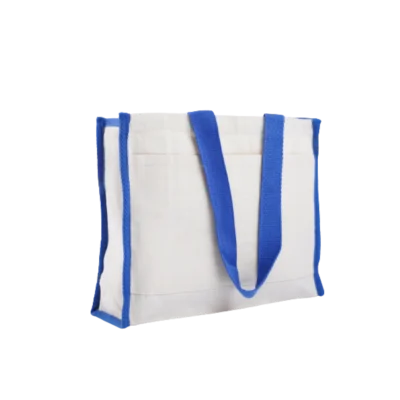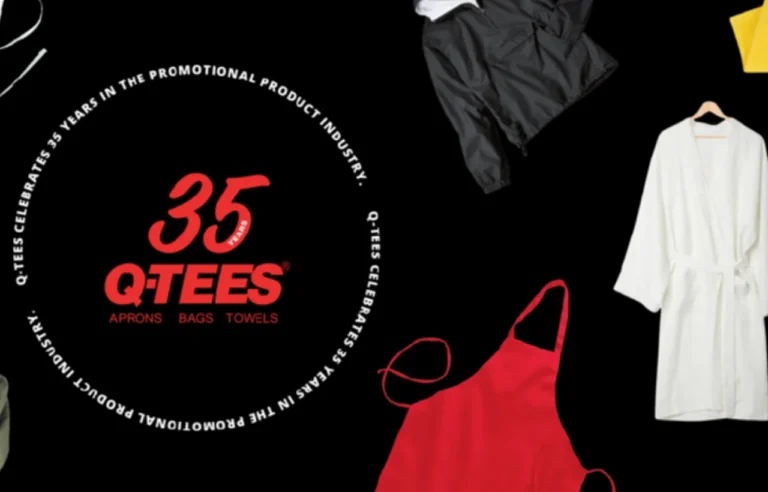Unleashing Your Creativity: A Guide to Printing on Canvas Fabric Do’s and Don’ts
discover the world of canvas printing and explore the “dos” and “don’ts” for achieving stunning results.
Introduction to Printing on Canvas Fabric
Having tough structure with subtle texture, canvas fabric now serves as a good mode for both artworks and useful items. You can print on canvas anything from totes with logos to fine art reproductions that would look great in a gallery. However, it’s not as simple as it seems so that the multi-faceted nature of this technique does justice to your work while printing it. This means you have to be aware of some things which will help ensure success when printing on canvas fabric therefore read through these tips on how to do canvas printing right.
Do:
- Varied Artistic Techniques: Canvas has always been a inherently friendly surface to different kinds of art. The fine art reproductions of paintings or high resolution photos gain a new life when printed on canvas. The subtle texture of the canvas replicates the original work and adds depth to the photograph.
- Explore The World of Digital Art: Pictures start moving on paper and the texture of a cloth brings out the details while also adding artistic charm. Bold designs combined with complex surfaces look great on canvas, equals to striking visuals.
- Choose Between Minimalism and Text-Heaviness: The elegant, simple lines of minimalistic artwork suit canvas greatly. Typography makes for a striking feature when printed onto such strong material, whether it is used as a main component or blown up at large scale within a design.
Few of the Prints that you can Do on Canvas Fabric
Direct-to-Garment (DTG):
Uses inkjet technology to print directly onto the canvas, ideal for small quantities and photorealistic images.

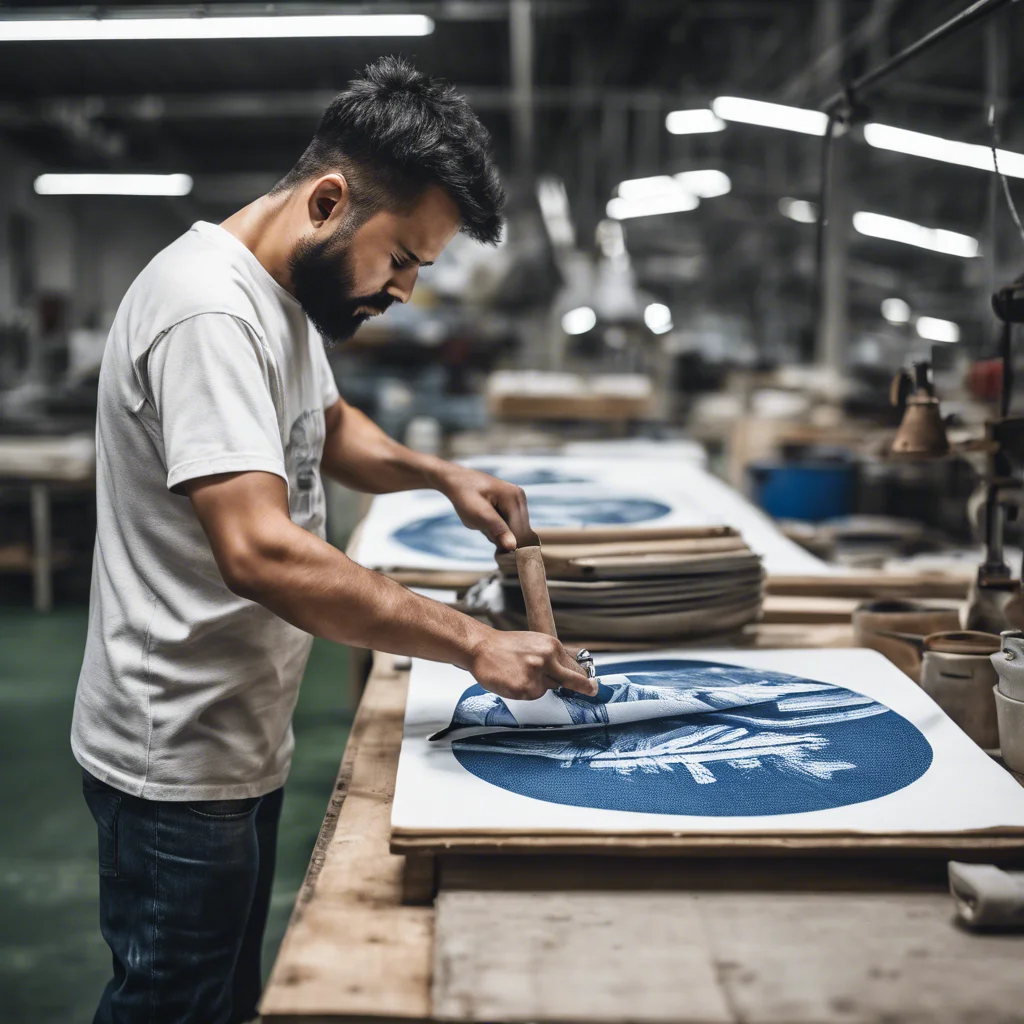
Bonus:
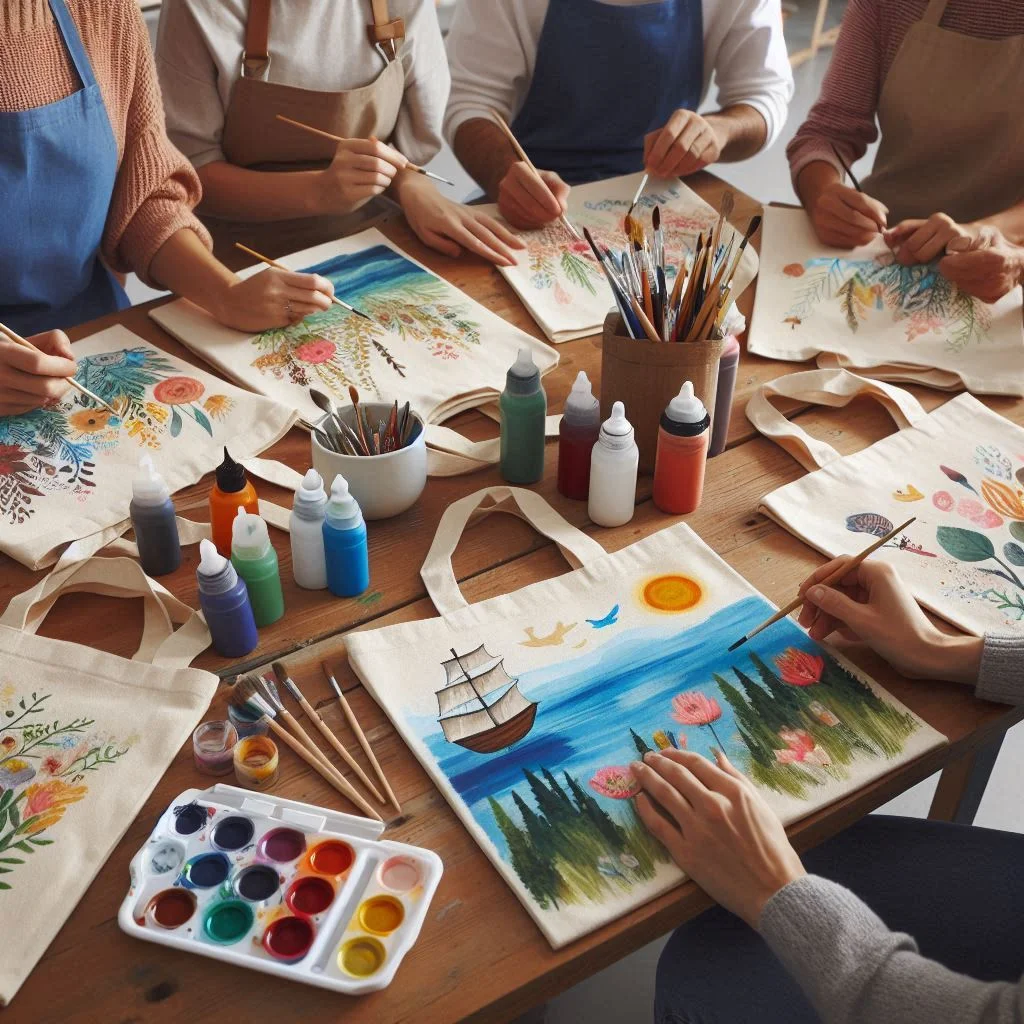
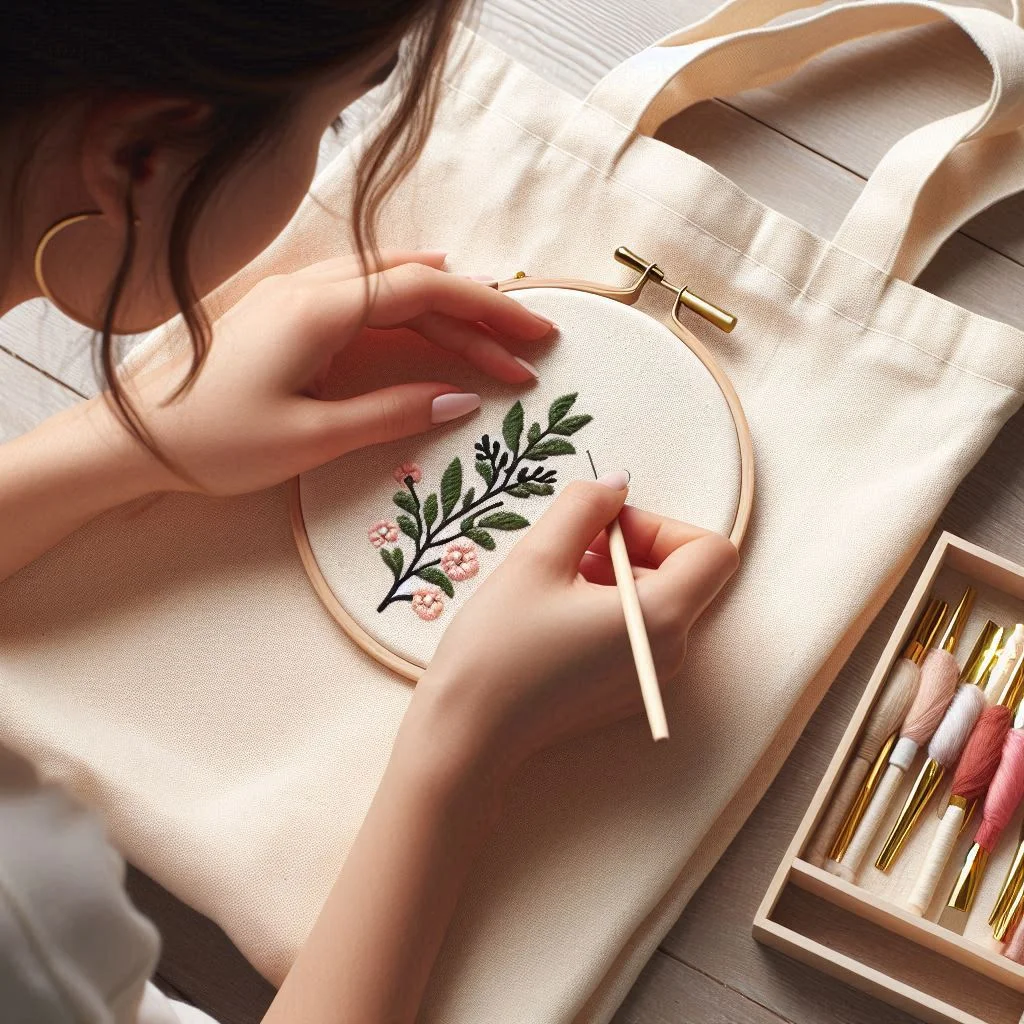
Remember to always follow the manufacturer’s guidelines and recommended settings for the best results, and consider factors like fabric type, ink compatibility, and heat settings.
Don’ts:
- Don’t use low-resolution Pictures: In order to print perfectly, verify that the resolution of the image files you work with is high enough. In case you enlarge them onto larger canvases, they will become pixelated which will spoil the overall quality.
- Forget About Color Vibrancy: Colors come out amazing on canvas so do not worry about vibrant shades. Make sure to pick the right kind of canvas though. 100% cotton may mute the colors a little compared to mixed polyester. For brighter results, choose mixed polyester canvas or know that your colors will be less bright using cotton.
- Don’t Forget About Ink Choice: If you want the best prints, then use inks made just for canvas. The ideal choice would be pigment-based inks since they are more durable and fade resistant on canvas media than dye-based options. This way your artwork will stay looking vibrant and fresh for a longer period.
Prints that you should not Do on Canvas Fabric
While canvas fabric is a versatile medium, there are some heat transfers and prints that are not suitable or may not produce the best results. Here are some examples:
Flock Heat Transfer:
Flock transfers don’t adhere well to canvas, as they require a smooth surface to bond properly.
Glitter Heat Transfer:
Glitter transfers can be challenging on canvas, as the glitter may not stick evenly or may flake off easily.
Metallic Foil Heat Transfer:
Metallic foils may not adhere well to canvas, and the foil may crack or flake off over time.
Toner-Based Printing:
Toner-based printing, like laser printing, can damage the canvas or cause it to discolor.
Laser Printing:
Laser printing is not recommended for canvas, as the heat can damage the fabric or cause it to discolor.
Water-Based Inkjet Prints:
Water-based inkjet inks may not be suitable for canvas, as they can bleed or fade quickly.
Please note that you should always consult your preferred print shop for precise advice and constraints when it comes to printing on canvas cloth.

